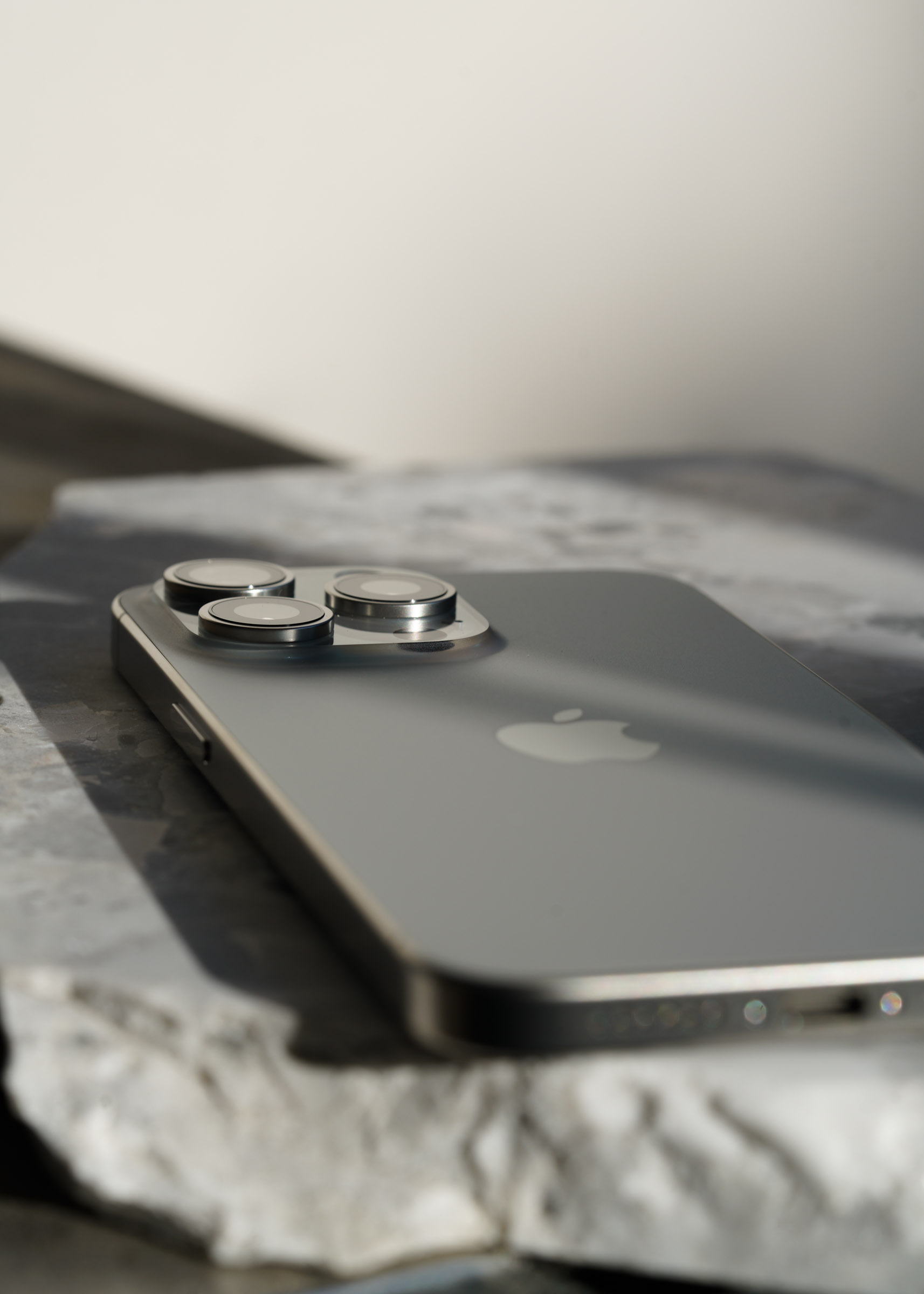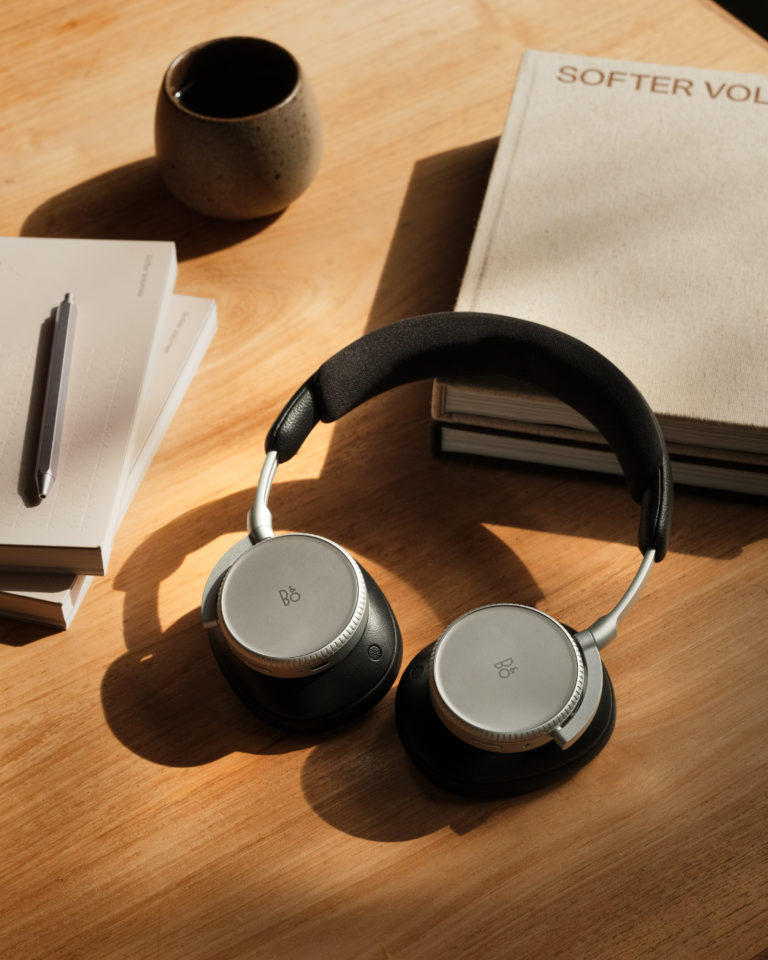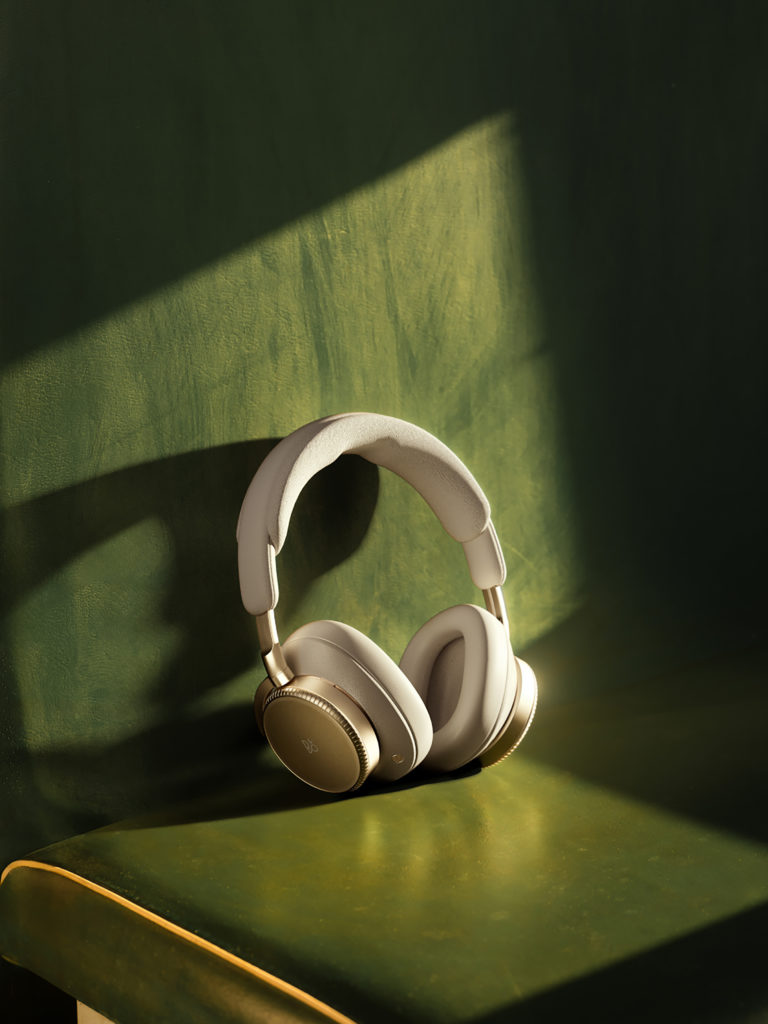Known for its innovative designs and industry-leading technologies, Apple is demonstrating its commitment to more sustainable practices. At last month’s Apple Event there was a noticeable focus on the company’s progress towards its climate goals—the result of ongoing dedicated efforts to reduce the impact of its products across their life cycle.
With the unveiling of the iPhone 15 lineup and Apple Watch Series 9 come some significant leaps in sustainability. As always, these new products offer improved performance on previous models, but they also offer dramatically improved environmental specs.

The new Apple Watch is the company’s first ever carbon-neutral product; a huge step towards Apple 2030, which will see every Apple product carbon neutral by the end of 2030. Emissions for each model have been reduced by at least 75% through the use of 100% clean energy in production, 30% recycled or renewable materials, and carrying out 50% of shipping without air transportation. Any remaining carbon is offset through high-quality carbon credits. What’s more, Apple has taken this commitment a step further by investing in wind and solar power, which it will use to match 100% of the expected electricity use for charging for each carbon neutral Apple Watch. The new lineup also sees a further reduction in plastic use, with 100% fibre-based packaging.
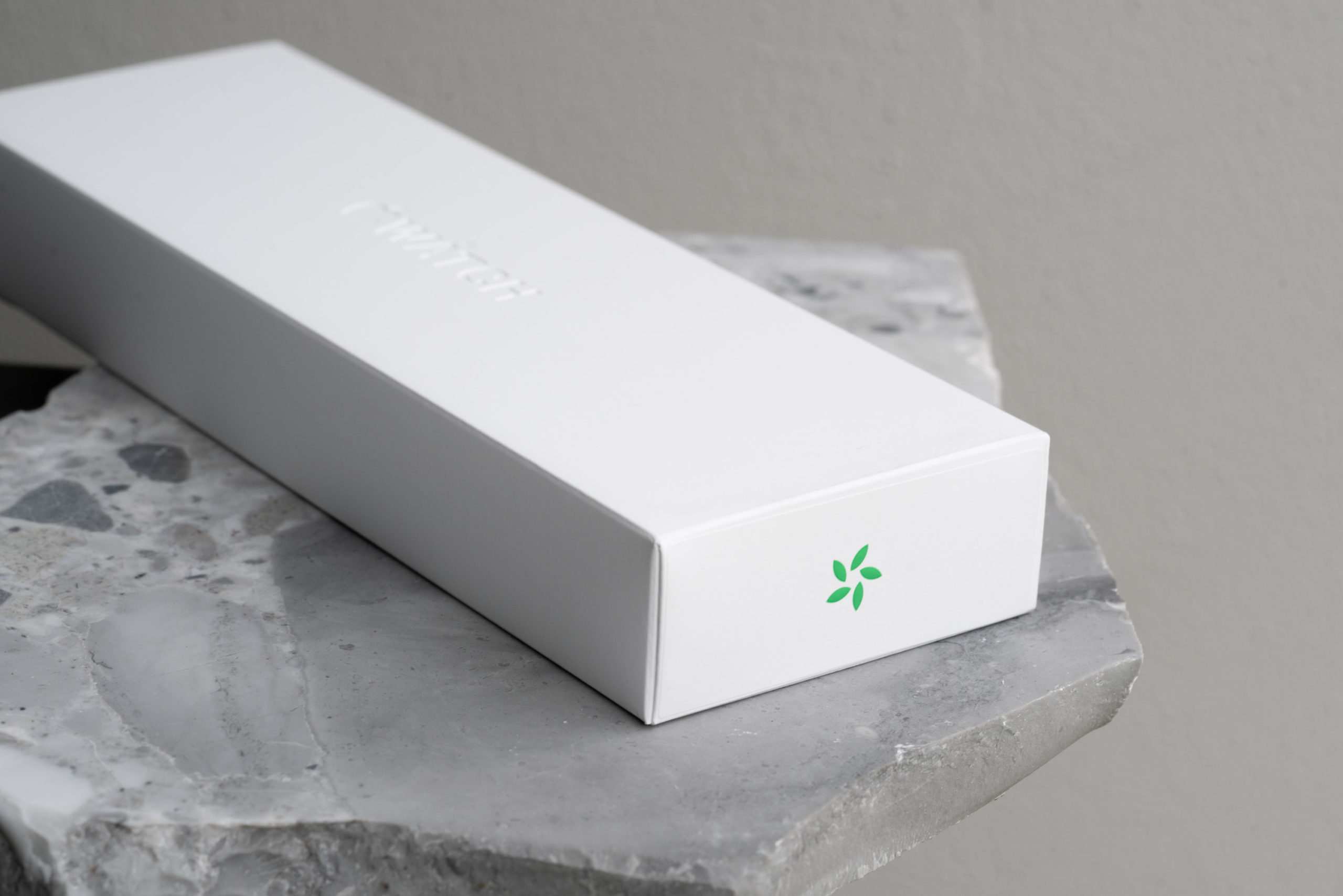
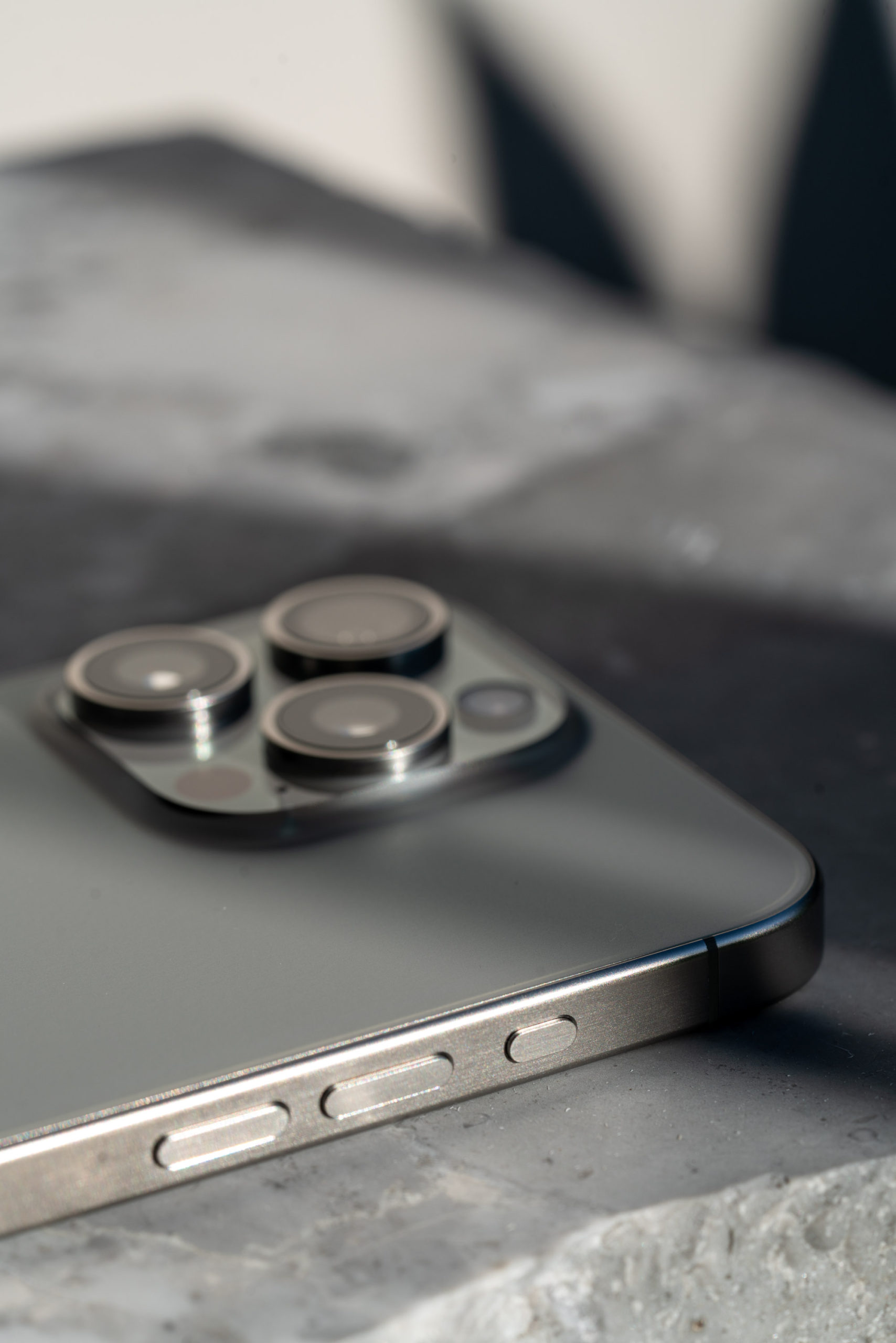
In line with Apple’s goal to use 100% recycled materials in key components by 2025, the new iPhone is built with a higher proportion of recycled materials, such as 100% recycled rare earth minerals and cobalt. With the iPhone 15 also comes the introduction of Grid Forecast in the Home app (available only in the contiguous United States at the time of publishing) that shows users when their grid has access to cleaner energy sources; for example, when an excess of solar or wind power is being produced, or when electricity is being generated with lower emissions. This allows and encourages users to focus their electricity use around these times, potentially lowering their environmental impact.
Apple’s accessories haven’t been ignored in these environmental initiatives, either. The company will no longer use leather in any of its product lines. It will instead be replaced with FineWoven, a soft and stylish yet durable twill fabric made from 68% post-consumer recycled content—now available on iPhone MagSafe cases and wallets, and the Magnetic Link and Modern Buckle Apple Watch straps. The Sport Loop Apple Watch strap has also been redesigned and is now constructed with 82% recycled fibre, partially sourced from discarded fishing nets.
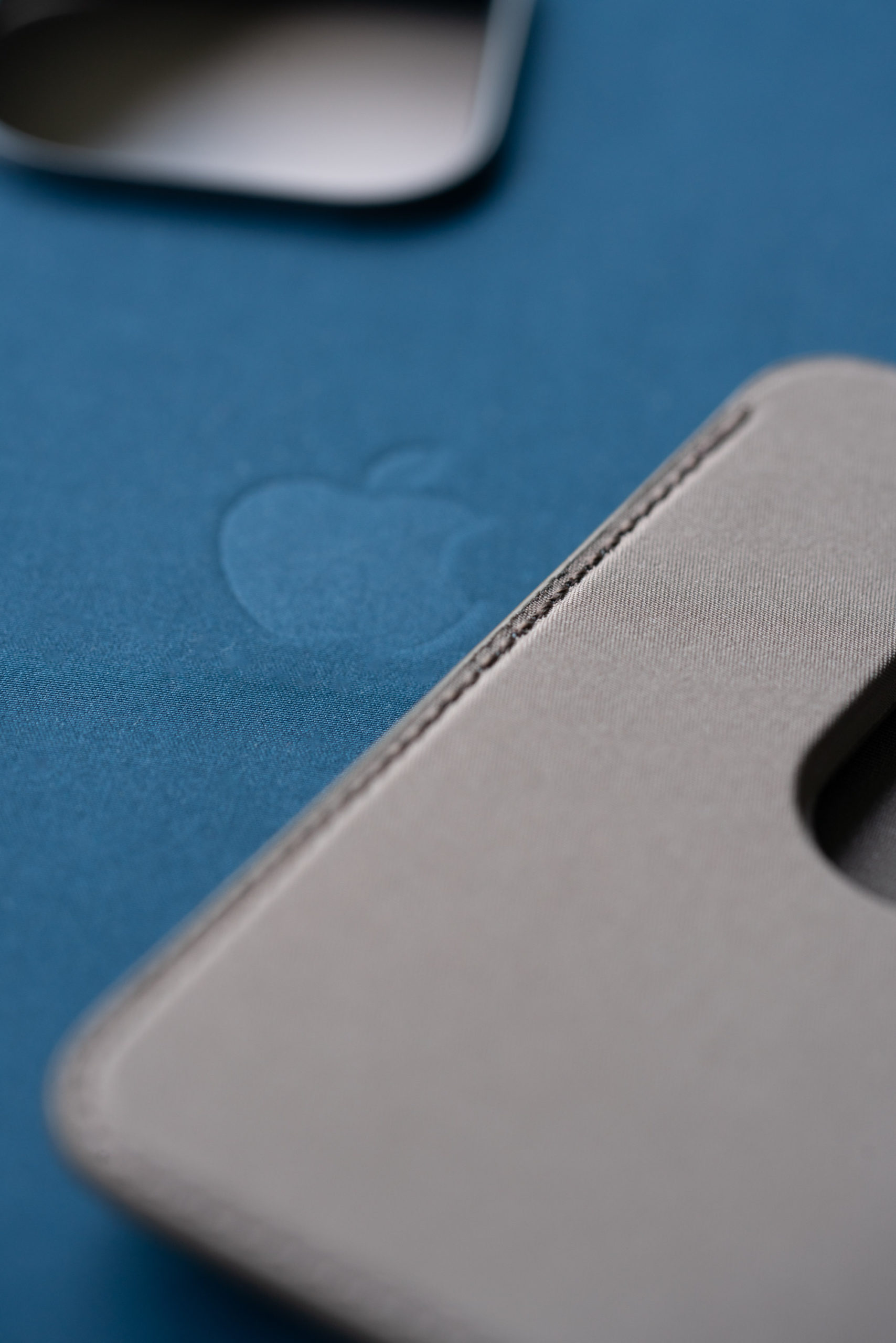
These products and developments reflect Apple’s commitment to a more sustainable future, protecting our planet, and conserving precious resources. Through continued research and innovation, Apple is setting an example in what is typically an environmentally taxing industry.
